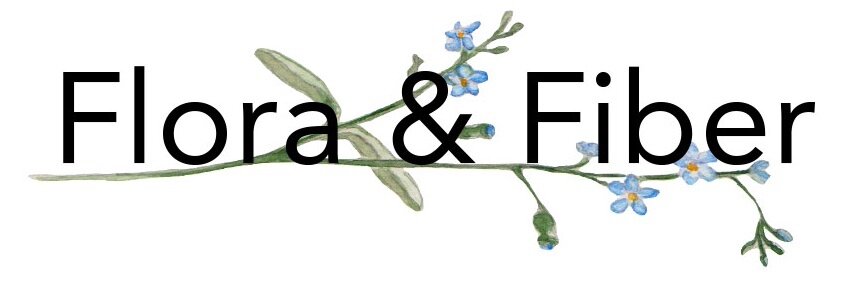Natural Dyeing-Day 3
It’s Dye Day 3! On today’s menu is madder and quebracho, as well as a bit of forage into overdyeing.
But first, a little look at yesterday’s dried samples. On the left is the weld showing the initial dye bath and the lighter exhaust bath.
On the right are the cochineal 8% WOF and the two modified samples. I still can’t see much difference in these three samples. Thoughts:
Not enough ammonia? I followed a recipe that someone else used successfully.
The cream of tartar (acid) canceled out the ammonia (base)? Again, the recipe I used was on cochineal with cream of tartar added to the dye pot.
Not enough time in the ammonia water? The recipe said a few seconds. Since I wasn’t seeing any change, I left it in 5 to 10 minutes.
It doesn’t work (or at least as well) with cellulose fibers????
I’m playing with some overdyeng today and will be adding a cochineal and a weld sample thrum to my madder dye bath.
Here is what the soaking madder roots looked like this morning, kind of a reddish-orange. I left the mesh bag of madder roots in the pot and heated the dye bath to 140F. I tried to hold the temperature there for an hour, but it hovered closer to 160F. I think my pot is relatively small, and so it heated up with little effort. Occasionally, I would pull it off the stove to let it cool to the 140s. Clearly, the heat helped to further extract the dye from the madder roots. After the hour, the bath was a little redder and definitely darker.
I added my 50-gram skein and thrums to the dye liquid and the bag of roots, raised the temperature to 160F, and let it simmer away for an hour and a half. I’ve covered the pot and plan to leave the yarn in the dye bath overnight before rinsing it in the morning. I’m really excited to see how the overdyeing turns out. You can already see hints of the result!
I’ve dyed with madder before using a different method and alpaca fiber rather than cotton. You may want to check out that post!
Today, I also dyed with quebracho. I don’t recall ever seeing anything dyed with quebracho. This was a free sample I acquired somewhere in my travels to fiber courses and festivals. It is a very fine powder.
Quebracho is a tree that grows wild in South America. Its wood is very dense and hard, making it well suited for various types of construction.
Quebracho is high in tannin. It can be used as a tannin in the mordanting process of cellulose fibers. For this reason, this is one of the skeins I did not use Gallo tannin in my fiber preparation.
I didn’t locate much about dyeing with quebracho. For the percentage of WOF (weight of fiber), I found 5-10% for extract and 20-30% for powder. My quebracho is definitely a powder, but is it an extract??? I landed on 9 grams which is 18% WOF. Why? It was the amount that poured out of my packet, and it fell sort of between the two ranges. We’ll see.
I did pretty much what I did with the weld on Day 1. I heated the water to 140F, stirred in the quebracho, added the fiber, increased the temperature to 180F, and simmered there for an hour. The yarn cooled in the pot for about 4 hours, and then I rinsed it in cool water until clear.
A pretty golden brown hanging to dry in the outdoor furnace of a South Carolina summer day!
Finally, one more prep on my walnut bath. The walnuts have been soaking for 48 hours. The outer hulls are relatively soft at this point, allowing me to easily break them open and throw the whole “smooshy” stuff back into its soaking pot.
Ready for Day 4.
Debby















